The UV-C, on the other hand, is blocked by the earth’s ozone layer. It is the highest energy portion of the UV spectrum and is used in UV sanitization. The only way humans can be exposed to UV-C is through artificial sources.
The UV-C light is used as a disinfectant for air, water, and nonporous surfaces. It attacks bacteria and viruses and renders them ineffective by impacting the DNA, RNA, and protein layers. To do this, the virus and bacteria must be directly exposed to the UV-C light. Dirt, dust, and other contaminants can reduce the effectiveness of UV sanitization.
The effectiveness of UV-C light in the sanitization process depends upon the dosage of light and the duration of exposure. Most home use UV-C devices are of a lower dose for safety reasons, requiring longer exposure times than that of commercial UV-C sterilizers. Check with the manufacturer of your UV sterilizer for information regarding how long to use your sterilizer.
For more information on UV sanitization, you can visit the FDA website at www.fda.gov.



